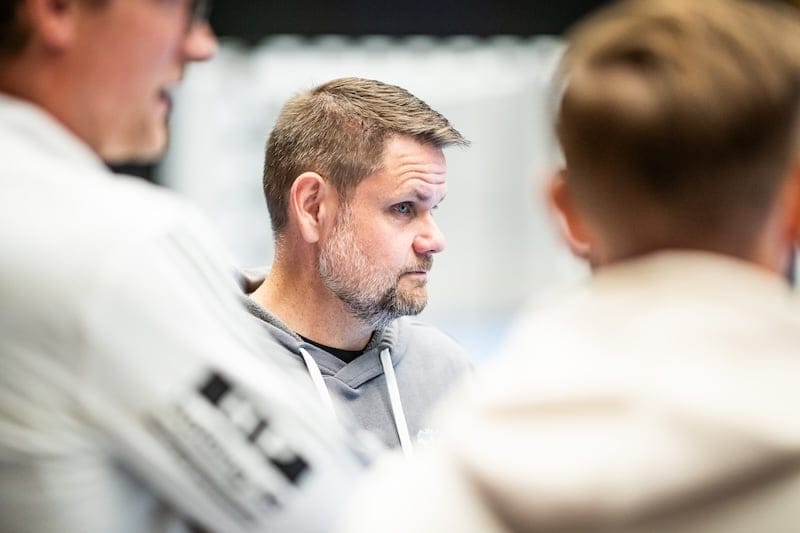When a delegation of Hungarian handball directors visited Ystads IF to study the club’s youth development model, it became an eye-opening experience not only for the visitors – but for the hosts as well. Sporting director Kenneth Andersson reflects on the exchange and what both sides gained from it.
For Ystads IF, hosting a delegation of Hungarian handball leaders was both an honour and an opportunity for self-reflection. The group, representing some of Hungary’s top academies, came to Ystad to understand how a smaller Swedish club manages to compete internationally while maintaining strong local roots.
Kenneth Andersson, sporting director of Ystads IF, says the visit put several aspects of Swedish handball into perspective. “I really think it made us – not just Ystad, but Swedish handball in general – realize how good we actually have it in certain areas,” he says.
“When we explained our membership and training fees, they first thought we meant per month, not per year. It gives you perspective.”
Strong belief in Swedish system
Beyond the financial differences, Andersson believes Sweden has come far in terms of youth and coach education. “They were fascinated by how good our players’ passing technique is already at ages 10 to 13,” he explains. “My theory is that we have strong coach education for those age groups through the Swedish Handball Federation. In Hungary, the focus is more on the elite level.”
For Ystads IF, the recognition from abroad was encouraging. “Of course, we felt flattered and proud that they wanted to come to us,” says Andersson. “They were impressed by our reputation for developing youth players, both in the national teams and in our senior squad, where many have come through our own ranks. And when someone like Kim Andersson shows up, it’s clear how much respect they have for Swedish handball.”
The visitors were also struck by Ystad’s consistency throughout its teams. “They noticed that our U16 and U19 teams train according to the same defensive principles as our A-team,” Andersson says. “They appreciated that there’s a clear red thread, that nobody just does their own thing – the club sets the direction.”
Ideas for the future are flowing
The exchange has already sparked ideas for continued cooperation.
“They told us we’re welcome to visit any of their clubs – whether youth teams, senior teams, or academies,” Andersson says. “Of course, it would be fantastic to go there, but it also depends on financing. Still, we’re very open to learning from them as well.”
International cooperation is not new to Ystads IF. The club recently played joint training matches with Danish side Nordsjælland and is now planning exchanges with Dutch youth national teams and academies.
“These experiences are incredibly valuable for our young players,” Andersson notes. “They get international opposition and our coaches get to share methods and ideas. We’re lucky to have that kind of collaboration – it makes us better.”
At the same time, Andersson sees areas where Ystad can learn from the large European academies. “They work in a slightly different way when it comes to the physical side of the game,” he says. “Hungarian players are very strong physically, and it would be interesting to see how they train that and what kind of player profiles they develop. That’s something we’d like to integrate into our own model.”
Despite differences in resources and systems, Andersson believes the foundation of good development is the same everywhere: clarity, education, and a shared philosophy.
“We have a clear structure – from our senior team down to our youth players – and that’s what ties everything together,” he says. “But you always have to stay curious. Exchanges like this remind us that we can learn just as much by opening our doors as by visiting others.”
Read more: “Success comes from consistent work”: Hungarian delegation inspired by Ystads IF
